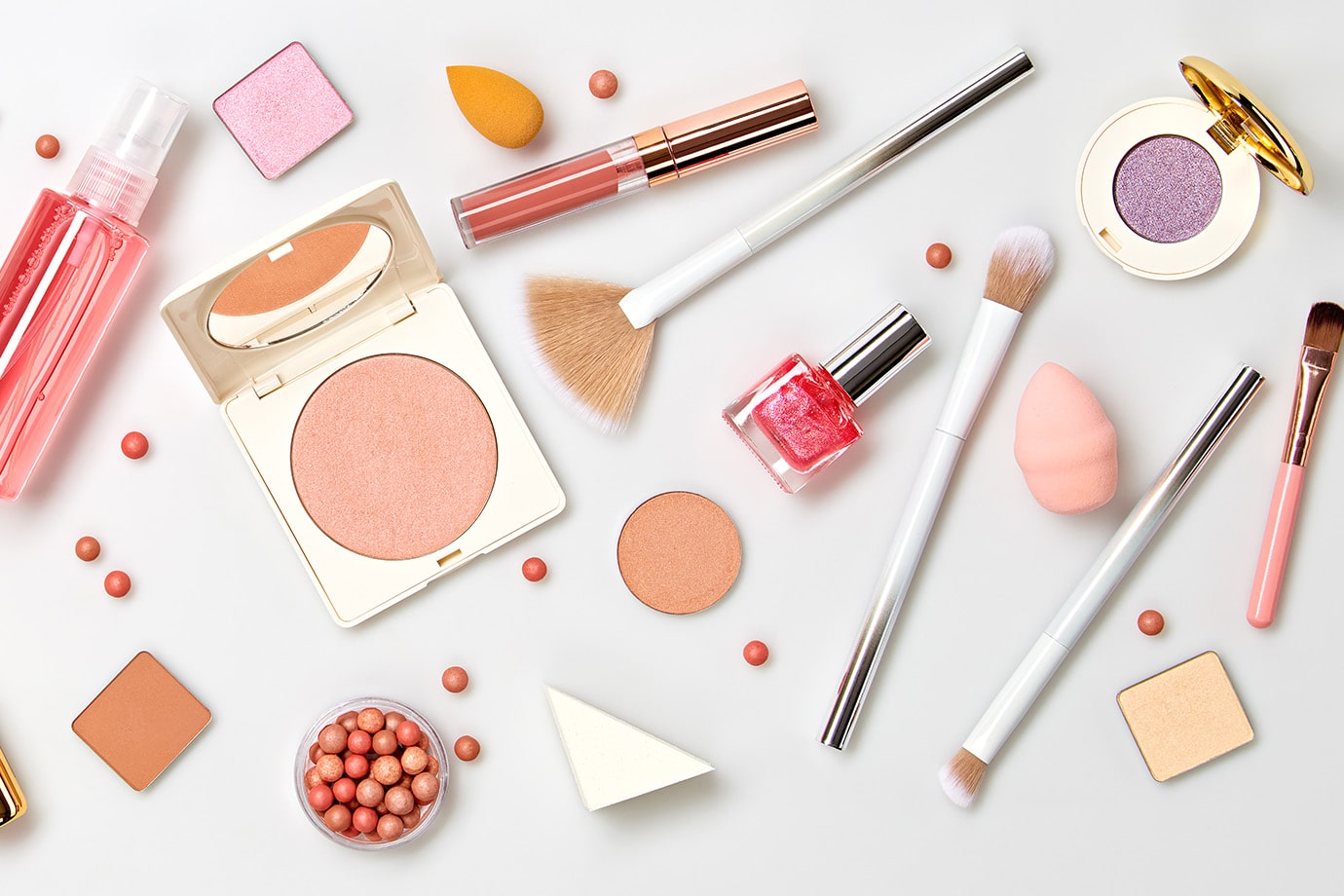When comparing products, accurately reading and understanding beauty and cosmetic product labels is essential. At MPlus Cosmetics, we take the subject of cosmetics labels seriously. This article offers advice and guidance to help you recognize what goes into your cosmetics and why it matters when making informed choices.
Guide to Understanding Cosmetics Ingredients
Although the manufacturing of cosmetics can be approached in many ways, many core ingredients, substances, and methods are very similar. Whether perusing the label of an organic mascara private label for unethical ingredients or ensuring that the manufacturer of lipstick adheres to your other values and considerations, the information contained here is crucial. Luckily, regulations surrounding labeling products are robust and designed to give consumers maximum information to make decisions.
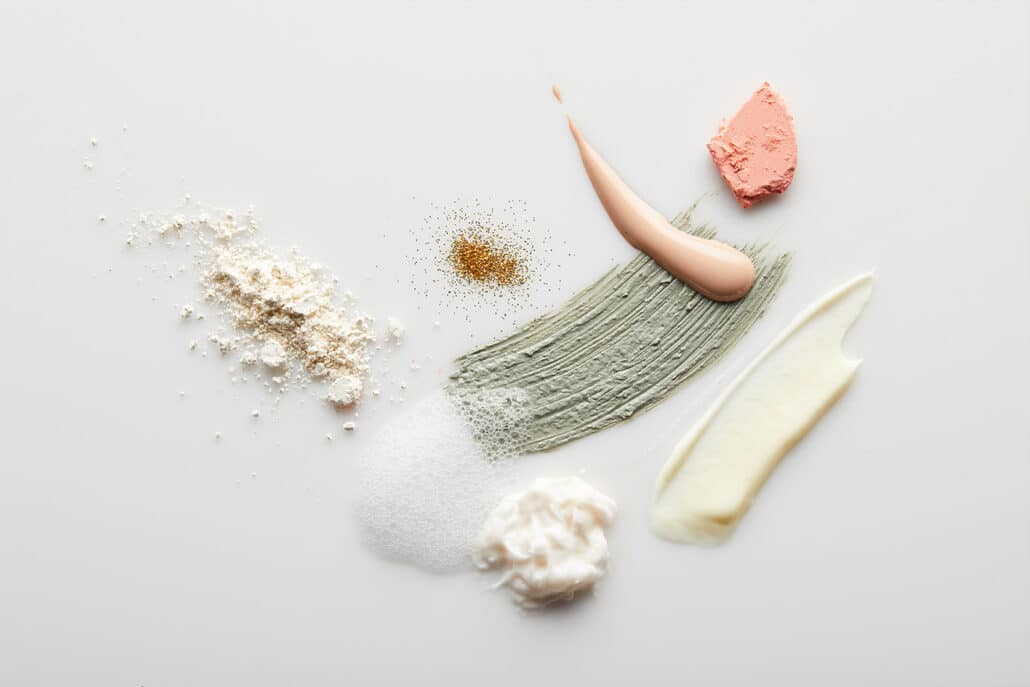
The Basics of Understanding a Makeup Ingredients List
Typically, cosmetic product labels are listed by the international nomenclature of cosmetic ingredients (INCI). The common name is often listed in parentheses after this.
Expect the ingredients to be listed from highest to lowest in the amounts used. Any ingredient that constitutes less than 1% of the total can be listed in any order.
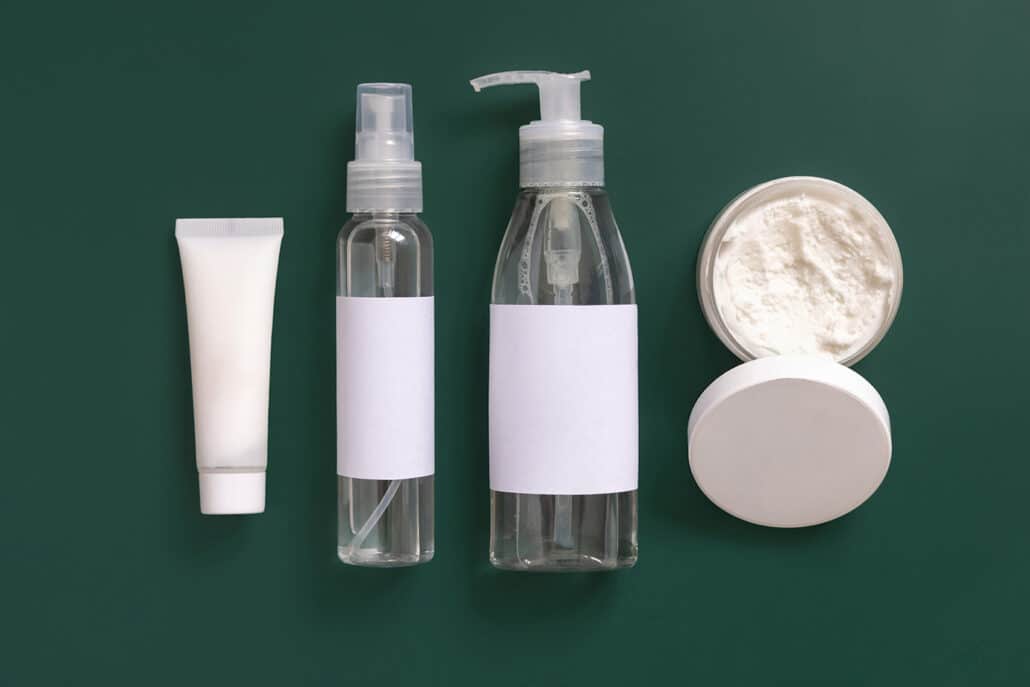
Decoding Common Ingredients on Cosmetics Labels
Some ingredients commonly used in manufacturing cosmetics include:
- Vitamin A (retinol) — One of the most potent allies in the fight against aging, retinol naturally stimulates the body to produce collagen (famed for its use in cosmetic surgery to eliminate wrinkles and improve skin texture). It is an effective, safe ingredient when used non-invasively through night creams and other moisturizing serums.
- Vitamin B3 (Niacinamide) — Excellent for shrinking pores, preventing blockages that lead to spots, and reducing inflammation. Niacinamide also regulates sebum, a naturally oily substance that our bodies produce to coat and protect the skin. The effect is to prevent moisture loss, making it a prized ingredient in many moisturizers.
- Peptides — Favored in anti-aging compounds, peptides are amino acid chains that help improve skin elasticity by encouraging collagen production.
- Hyaluronic Acid (HA) — A highly effective humectant that attracts and retains moisture from the air and deep skin layers, combatting dryness of the skin and hair. It can be produced synthetically or naturally and is common in many health and beauty products, from moisturizers to face masks.
- Salicylic Acid — Naturally exfoliating salicylic acid is excellent at unclogging pores and has long been found in the most powerful skin cleansers and acne treatments.
- Glycolic Acid — A preferred choice for exfoliating treatments and chemical peels, glycolic acid removes dead skin cells and helps to expose the smoother skin below.
- Ascorbic Acid (Vitamin C) — Unrivaled at brightening the skin and smoothing out unsightly dark areas, applying ascorbic acid boosts collagen production.
As with all products, each individual’s reactions to the ingredients will vary, so staying informed and doing ample research is recommended. If possible, patch-test a small amount of any new product and consult a dermatologist if you need support.
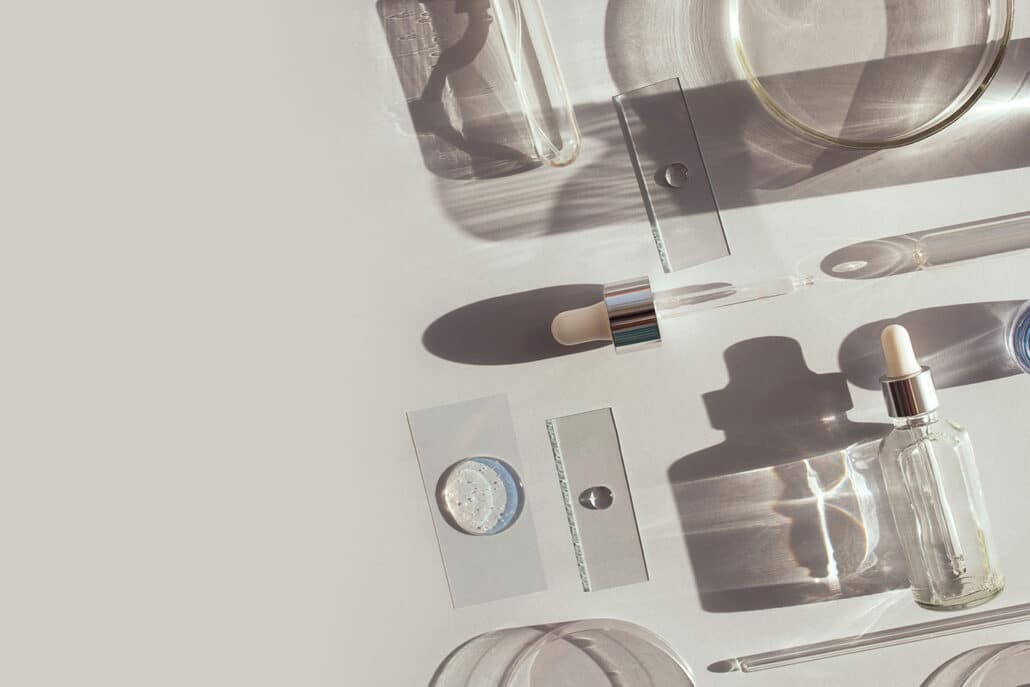
How to Spot Harmful Elements of a Makeup Ingredients List
Makeup ingredients that may cause allergic reactions will follow the main list, and you should look for an asterisk* or italics to indicate this. Responsible consumers must know which ingredients they are allergic to and research others to determine which ones they are comfortable using. A wealth of resources and information can be found online to aid in this.
Although strict industry regulations restrict the use of dangerous chemicals, some products still contain makeup ingredients that are best avoided or which may have effective natural alternatives, including:
- Parabens — Although inconclusive, some studies have detected links to breast cancer due to the estrogen-like qualities of parabens.
- Sodium benzoate — Often used for its antimicrobial and preservative qualities, recent studies have shown that this ingredient can react with Vitamin C and display carcinogenic properties.
- Talc — Studies of talc (magnesium, silicon, and oxygen) have returned mixed results, and it has lost favor recently, especially in baby products.
- Artificial colors and fragrances — The natural world provides many alternatives; some consumers eschew products with artificial colors and fragrances.
- Sodium lauryl/laureth and Ammonium laureth sulfate—Acting as surfactants that help remove grime, some consumers may experience irritation from products containing these cosmetic ingredients.
- Petrochemicals — Any petroleum derivatives are carcinogenic and increase the risk of cancer. Products containing them should be avoided.
- Polysorbates — Used as emulsifiers to blend water and oil-based components, polysorbates are generally considered safe and non-toxic, but some consumers prefer alternatives like lecithin or xanthan gum.
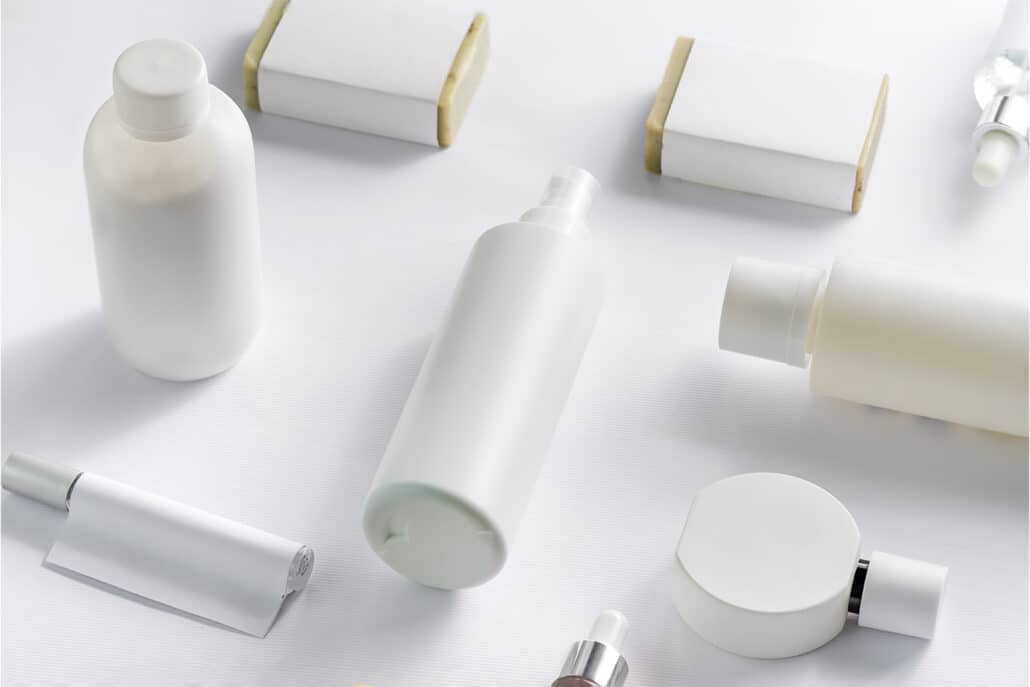
The Importance of Transparent Cosmetics Labels
Information is critical in allowing consumers to make informed choices, and clear labeling is among the most vital aspects of any healthcare product. Some reasons why a transparent makeup ingredients list is essential include:
- Health issues, potential allergens, and sensitivities
Clear labels allow consumers to pinpoint and avoid ingredients they prefer not to apply to their skin for health reasons, allergies, or sensitivity. - Environmental and ethical preferences
More and more people put great importance on choosing products that align with their values regarding subjects like environmental responsibility and sustainability, animal cruelty, fair trade, and veganism, among others. Clear, concise cosmetics labels are the best way to provide the necessary information. - Empowering consumers through ingredient awareness
Knowing a cosmetic’s ingredients shifts the balance of power in favor of the consumer. Conscientious shoppers will check for unwanted substances like preservatives and potential toxins and may eliminate insufficiently labeled products from their list of potentials. - Effectiveness of the product
Most people are wary of trusting bold advertising claims and marketing material that declares a product to have near-miraculous properties and with good reason. Studying the concentrations of makeup ingredients is a fantastic way to judge a product’s performance capabilities and make decisions based on facts rather than sales pitches.
Far from being an obstacle to manufacturing and selling cosmetics, transparent labeling helps to foster consumer confidence and trust in products. Brands with nothing to hide will highlight their natural ingredients, support informed choices, strive to improve the quality of their products, and promote a healthy, more environmentally-conscious approach.
Contact Us
MPlus Cosmetics has a proud record of helping to grow cosmetics businesses by working closely with our clients to produce stunning, premium beauty products and cosmetics to represent their brand superbly. If you want to learn more or have any questions or comments we can address, please contact us today. We always welcome speaking about anything related to our business, from cosmetic product labels to new and innovative ways to enhance a brand through bespoke products.

